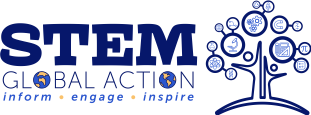Activity Kits
Learning Materials
STEM Professional Development
STEM Global Action Public Square
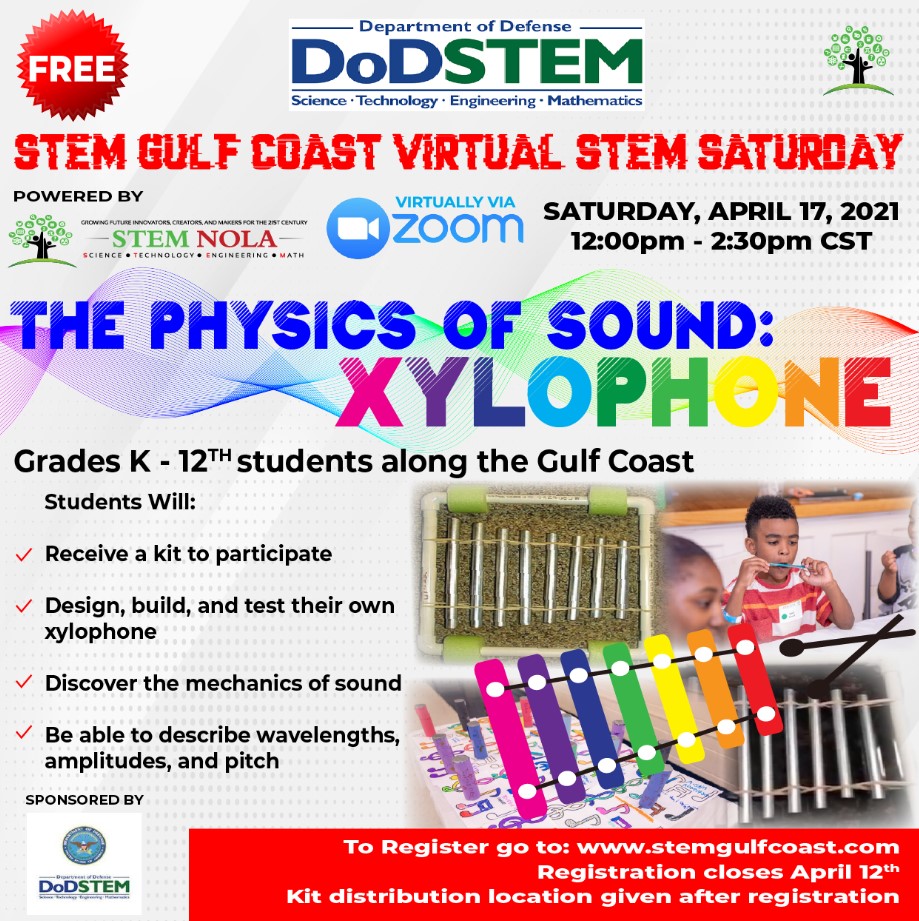
Custom Designed STEM Activity Kits
STEM GLOBAL ACTION supplies customized kits for STEM events such as STEM Saturdays, STEM Summer Camps, STEM Fests, and 21st Century Learning Centers.
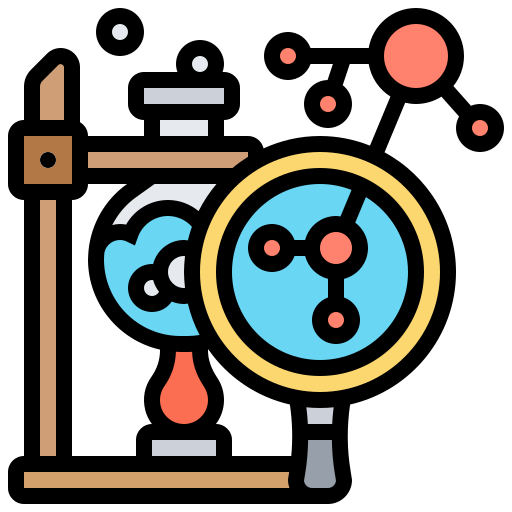
STEM GLOBAL Modules

CARS, CARS, CARS: Force and Motion
Students learn the principles of Force and Motion, including Newton's Laws of motion, drag and friction. Students design, build and test their own car that they race in a competition! It is a thrilling, hands-on learning experience.

The Force of Friction
Students continue learning and applying the principles of Force, Motion and Friction. Students design, build and test their own hovercraft, which slides across the surface due to a bed of air between the craft and surface, thus reducing the friction. This is science made fun.

The Power of the Sun: RENEWABLE SOLAR ENERGY
Students learn the principles of circuits, electricity and solar energy. Students build simple circuits powered by solar energy, then design, build, test and race their own solar energy cars.

Lights, Electricity and Illuminated Minds: Completing the Circuit!
Students design and build electrical circuits, using them to power traffic lights or
flashlights. Through hands-on experimentation, students describe how circuits work
and follow directions to create open, closed, series and parallel circuits.

What Floats your Boat? Buoyancy and Density
Students learn the principles of buoyancy and density, enhancing their understanding of why solids can float. The day ends with each student designing and building their own boat and testing it competitively in small shallow STEM GLOBAL-made ponds.

Hydraulics
Students work on projects to learn the fundamentals of hydraulics and pressure as it relates to usage of everyday simple machines. Students end the session by building their own hydraulic bridge or elevator.

1-2-3 BLAST OFF: ROCKETS!
Students learn the fundamentals of rockets and participate in hands-on activities to build and launch actual rockets. The rocket activities teach children Newton's Three Laws of Motion, and they learn engineering design techniques and how to work together as a team on a project.
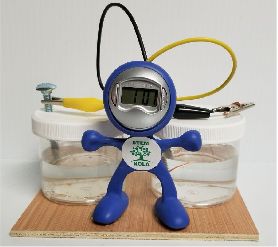
Chemistry and Nanoscience
Students perform experiments, separate mixtures and observe reactions, including electrochemical ones. With these projects, they build a
strong foundation in chemistry while gaining exposure to a broad range of chemical phenomena and hands-on lab experience.

Heart and the Circulatory System!
Students dissect a sheep heart and examine its properties and relate them to the circulatory system. The students also build a working
mechanical heart with four chambers to take home.

A Breath of Fresh Air: Lungs and the Respiratory System!
Students dissect a pig or sheep lung and examine its properties and relate them to the respiratory system. Through dissecting a lung,
students explore lung vulnerabilities that may impact their communities and could propel them towards career opportunities in healthcare in the 21 st Century!

The Power of Wind: RENEWABLE WIND ENERGY
Students work on projects that teach the principles of simple circuits, electricity and wind energy. Students build circuits powered by wind energy. They learn to describe how circuits work and follow instructions to create a variety of circuits. Students will design, build, test and evaluate their own windmill and turbine.
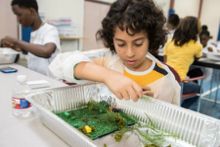
Protect Your City: Flooding, Erosion and Levees
Students work on experiments and projects related to the environment, erosion, wetlands and coastal and flood protection. Students enhance their understanding about the environment and natural hazards like flooding and coastal erosion. They work together to perform basic environmental science experiments and plan and implement scientific and engineering solutions to address hypothetical real world challenges.
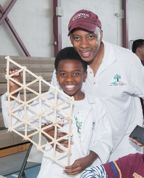
AMAZING STRUCTURES: Buildings, Bridges and Towers!
Students construct buildings, bridges, towers and geometric structures made of different materials. By learning how to build different type of structures, students learn how engineers work and what goes into designing and building complex, but necessary structures that are used by people every day.
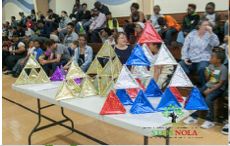
What Can PI Do For You?
Students work on projects to learn about the Mathematical Constant Pi (π), Cryptography and coding/encryption. They use mathematical principles to build simple structures like a 3-Dimensional tetrahedron kite.
